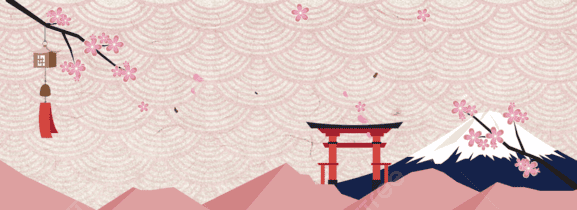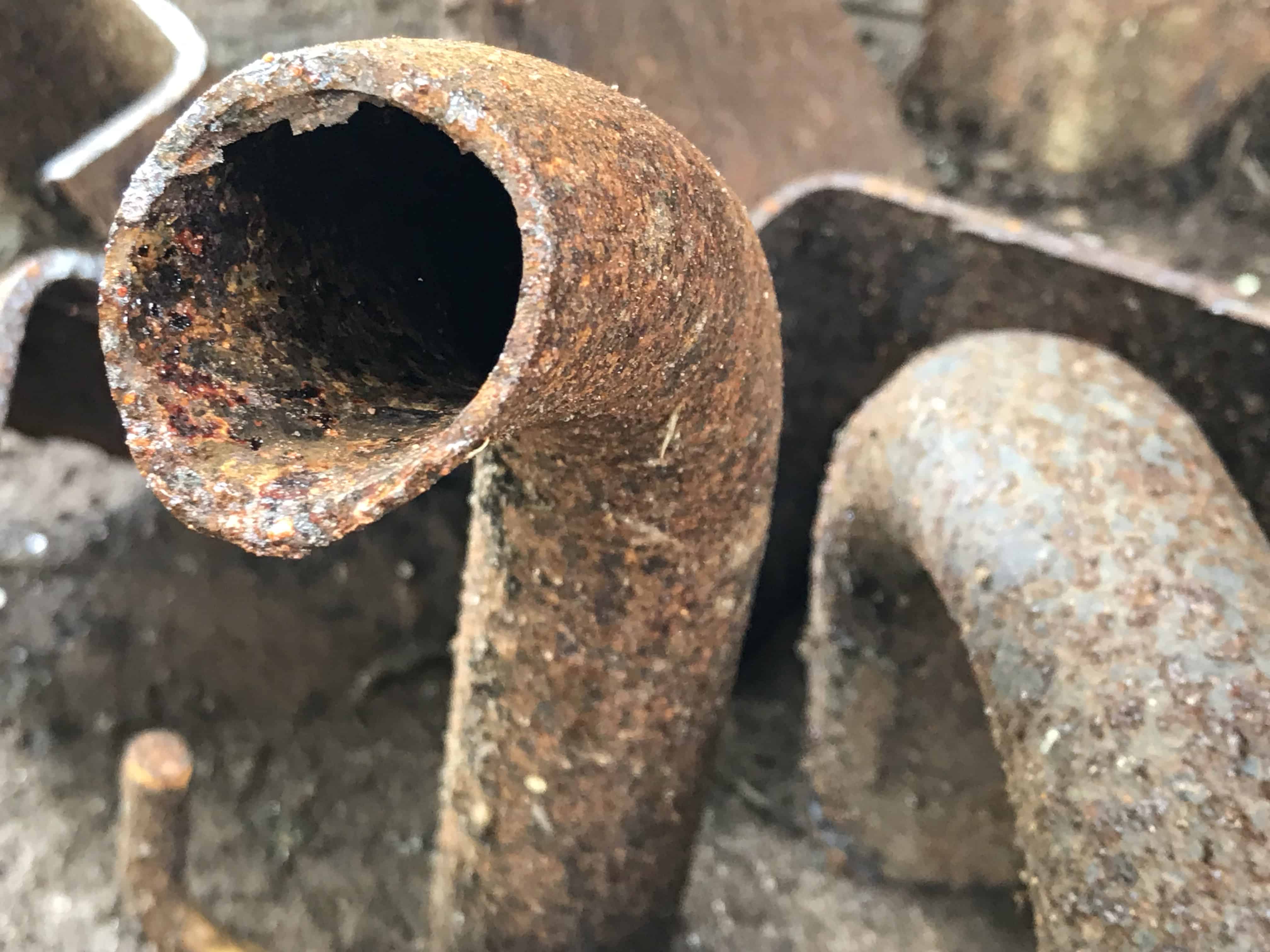
Rust is gorgeous. We marvel at its endless shades of ochre, red, orange and sienna. We appreciate the organic shapes created as right angles collapse and edges decay into jagged landscapes. Rust is poetic, photogenic, artistic and melancholy. It grows on its own and famously, never sleeps.
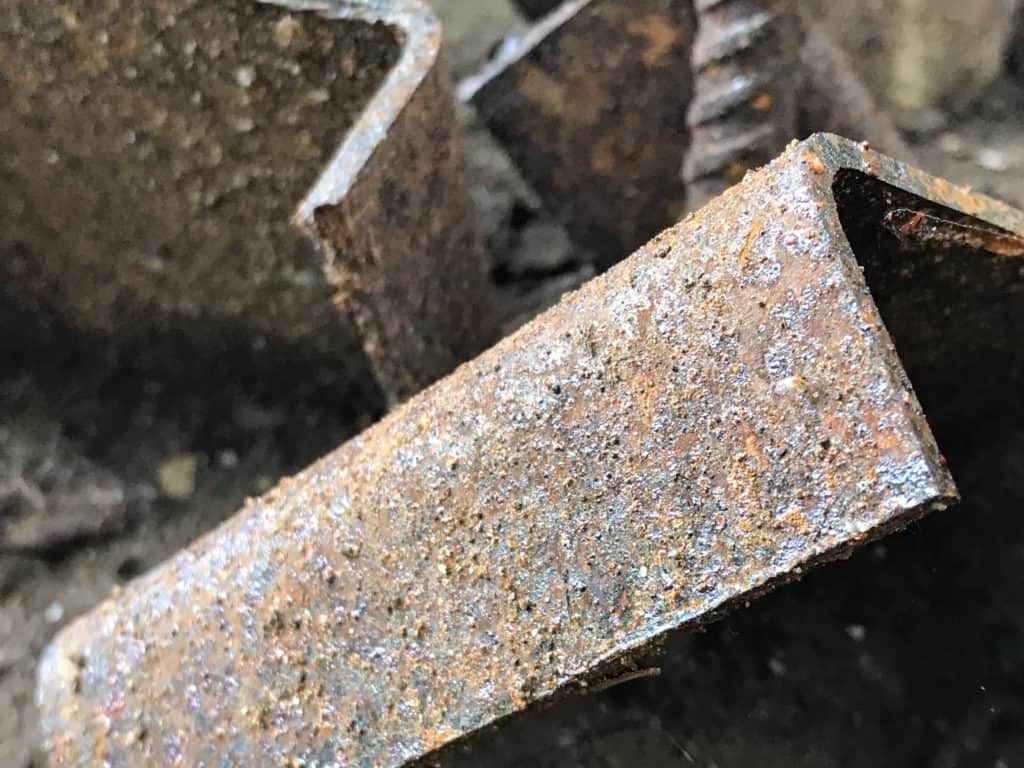
As an agricultural species, we love to garden. We plant seeds outdoors, water them diligently, watch the miracle of life, trim, weed, and appreciate the lush green plantscape we’ve created. Gardening gets right at our souls. But why limit ourselves to plants?
Let’s garden with rust! Rust gardening is easy and the perfect way to exploit a “brown thumb.” In some ways it’s identical to growing a plant garden. In other ways it’s the polar opposite. A rust garden is created by “planting” metal pieces outdoors where they can weather organically. Patience is required, though the process can be sped up with regular watering, plus a few other tricks. You’ll eventually be rewarded with lush decay, in a myriad of sunset colors. Of course, your rusted wonder won’t bear anything edible, but it also won’t attract any pests. You might even extract a centerpiece-worthy “bouquet” from your rust garden, in leiu of a traditional harvest. Of course pesticides are unnecessary, and weeding is entirely optional.
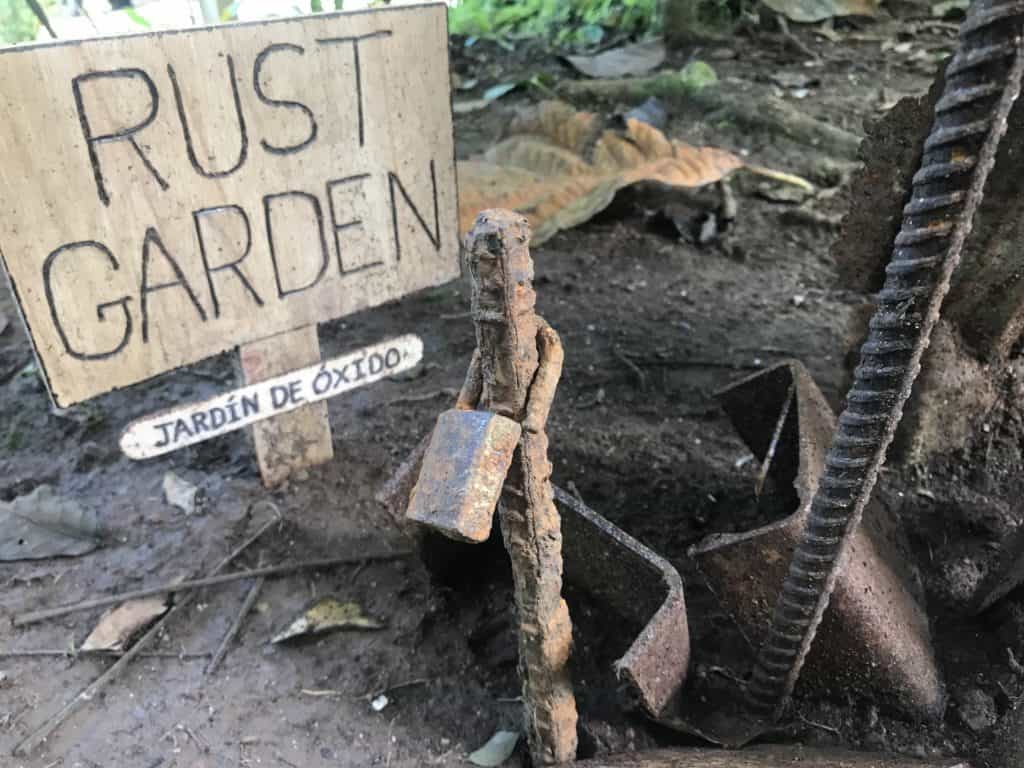
For this year’s Dinacon I’m planting a rust garden outside of a home in Gamboa, Panama. Since I’ll only be there for two weeks, I’ve chosen to accelerate the initial rusting process using a household concoction of white vinegar, peroxide and table salt. The results are instant, but really just a head start on what promises to be a post-industrial patch of sepia-toned disintegration, offsetting the riot of tropical greenery.
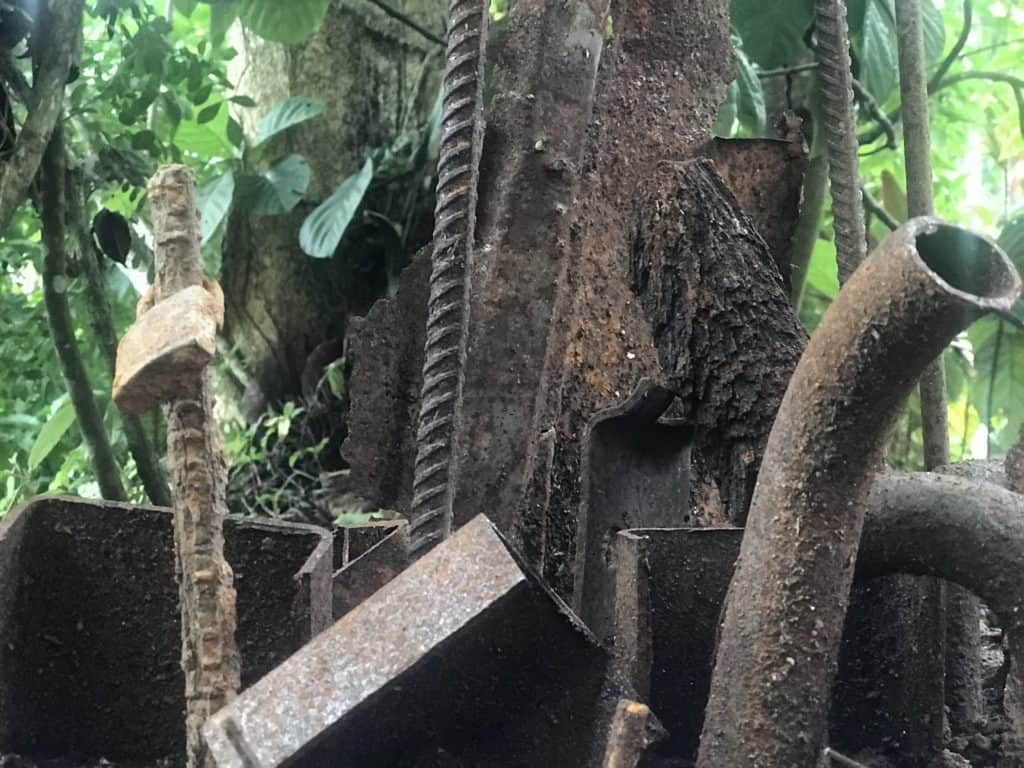
Here’s how to make your own rust garden:
- Pick a patch of ground outdoors. You can also set up an indoor planter box or humidity-rich terrarium.
- Gather some scrap iron or steel. If it’s already rusting, so much the better. Painted or coated metals won’t rust quickly. Strip the paint and sand the metal for best results. If you’re not sure a metal will rust, try it anyway. Experimentation is a terrific way to learn, and the artist’s favored tool.
- You can leave the metal to rust on its own outdoors, or water it regularly to accelerate the decay.
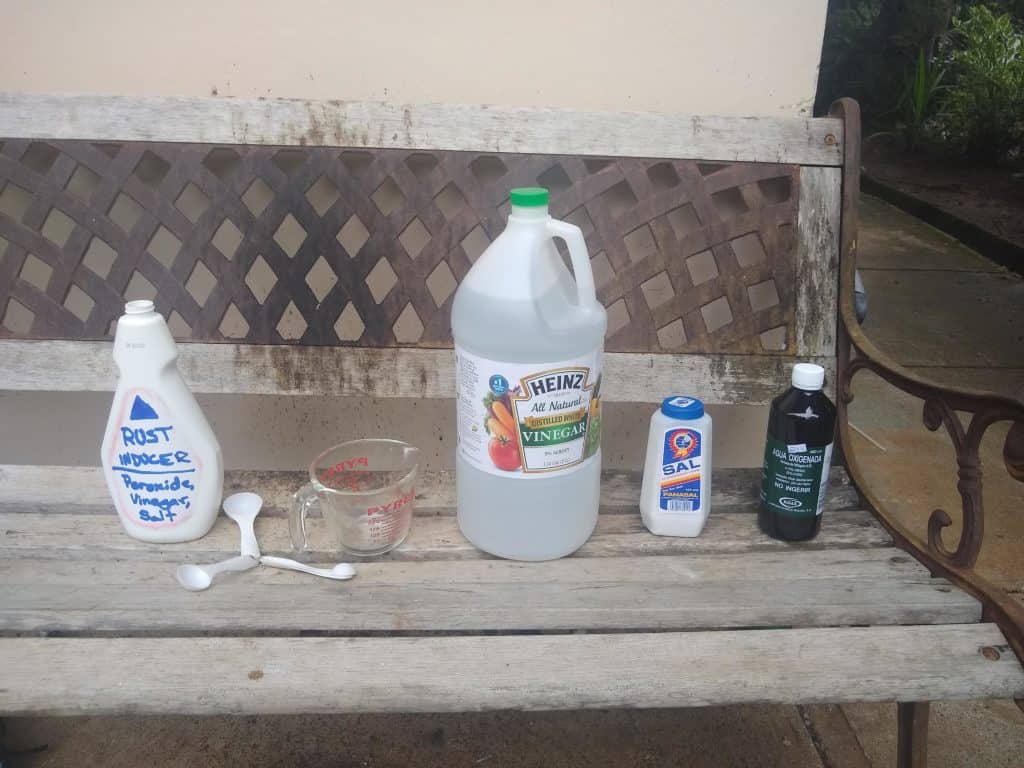
- If you’re an impatient gardener, it’s easy to get some rust going immediately. Pour some white vinegar into a plastic spray bottle and mist your metal scraps until they are thoroughly moistened. Wait for the vinegar to dry, around 15 minutes. Next, in another spray bottle, mix:
- two cups of hydrogen peroxide
- four tablespoons of white vinegar
- one-and-a-half teaspoons of table salt (why salt?)
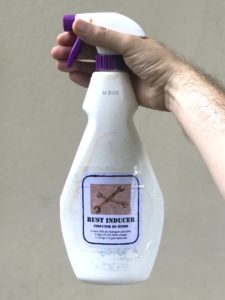
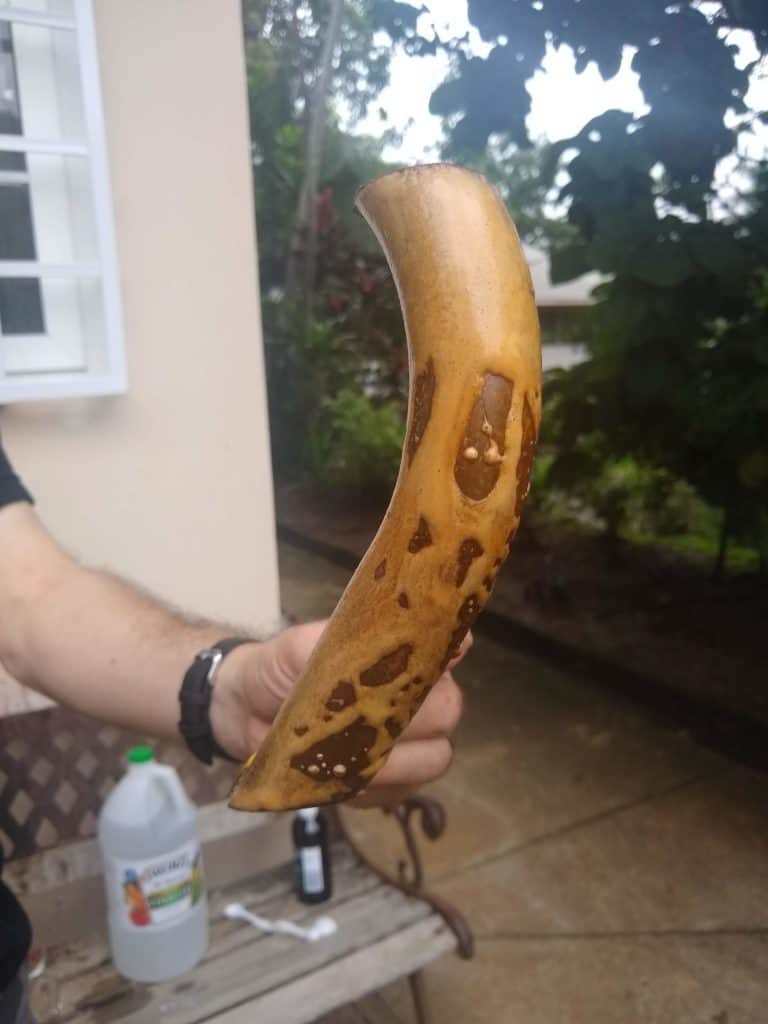
Swirl the mixture until the salt has dissolved. Spray it onto your metal scraps and they will turn rusty as you watch. Allow the rusty metal to dry, then repeat as desired.* Careful with this mixture, it will rust anything it contacts, instantly!
“Plant” other metal scraps as often as desired to create a variety of rusty delights. You can include non-ferrous metals like copper which will grow a green patina for contrast. Rust gardens are perfect for photography, try a macro lens for the most beautiful corrosion close-ups.
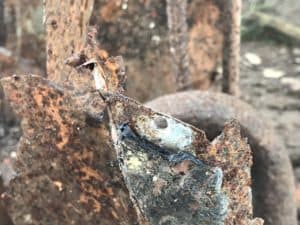
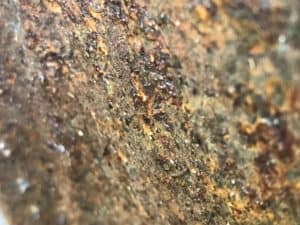
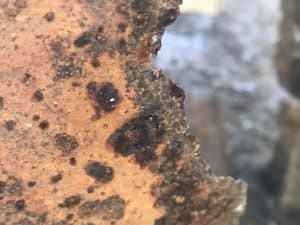
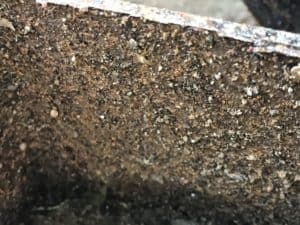
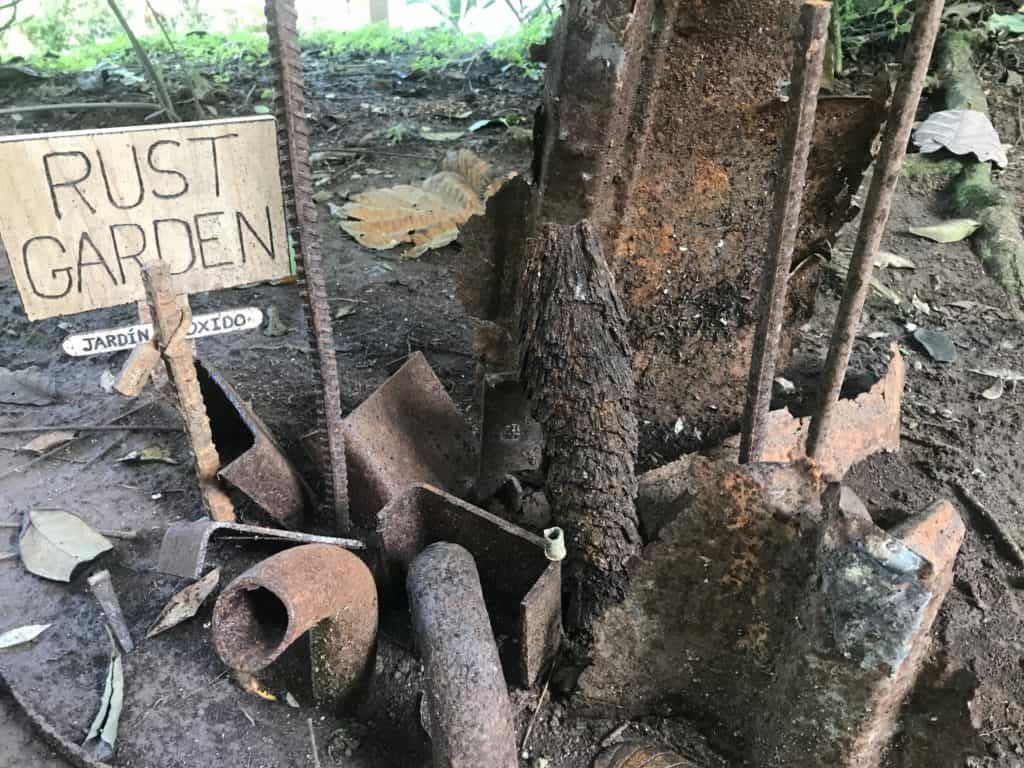
* Rust recipe inspired by Bob Vila.
